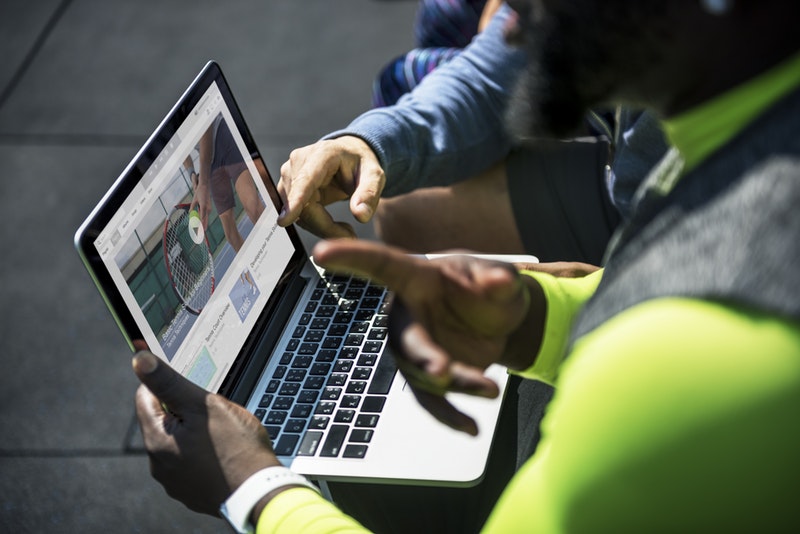YouTube in the Classroom
GenZers and Millenials use YouTube recreationally, but many are now using it to learn. They find it easier to understand something when they can watch a demonstration of the skill. They also like the fact that they can rewind and watch the demonstration as many times as necessary without having the feeling that they are inconveniencing anyone. Think of the trend of video-game walkthroughs where video game players film themselves playing a game and comment as they progress through the game. The new gamers learn all the tricks by watching more experienced gamers play.
Here are some inspiring (I hope) and effective teaching practices using YouTube to reach out to students by using the same learning techniques they resort to.
The era of crowd-funded learning
More and more experts and professionals on YouTube are uploading educational content and creative commons videos that teachers can use without paying any royalties.
- Bring the real world into your classroom: Use the resource to enhance students’ understanding and memory of the content. A short video can link the classroom activity to real-life experiences and make an abstract content more concrete.

Photo by rawpixel.com from Pexels
- Foster independent learning: Being able to manage learning without having it directed by others is a skill necessary for lifelong learning and a skill, students are expected to develop in college. Teachers can direct students to YouTube to find information that is relevant to a project they are working on or a passion they want to explore.
- Supplemental information: A wealth of resources from experts in the students’ field of studies is available. Even though class content continues to expand class time does not and so teachers can provide new information by sharing interesting links or having students share interesting links with each other.
- Inside out classroom (a.k.a. flipped classroom): Let YouTube deliver your lecture before the students get to class so that in class all they have to do is practice and all you have to do is give targeted feedback.
Mining YouTube for diamonds
What teachers should look for
- Videos of under 10 minutes in length.
- A variety of formats: archival footage, lectures, or demonstrations. Do not replace your talking head with another.
- Only good videos. You can spot a bad video almost immediately. Don’t need to settle for it, find another.
- A good ending. Watch a promising video to the end before you choose it.
To get you started
Here are a few educational YouTube channels that teachers turn to year after year because their educational value does not go out-of-date:
- AsapSCIENCE created by Canadian YouTubers. It produces weekly videos about science in your own life:
- Debunkink Anti-Vaxxers
- How Much Sleep Do You Need?
- Disgusting Science
- What if the World Went Vegetarian?
- TED Talks stands for Technology, Entertainment and Design and offers short powerful talks covering almost all topics from global issues to business in more than 110 languages. Their motto is ”Ideas Worth Sharing”:
- BBC Teach offers classroom resources arranged by subject and age group. They are currently featuring a series My Troubled Mind: Stories about Teenage Mental Health that deals with mental health issues such as eating disorders, anxiety, addiction and depression.
- BBC Learning English presents a new video every day to help learn the English language.
- The History Channel presents award-winning videos that connect viewers with history.
- National Geographic Does this well-known destination for exploration, science and adventure need further presentation?
Sound advice for using videos in the classroom
Videos can be very useful in teaching. However, if you truly want to leverage the power of YouTube in your classroom you must have students reflect on or use what they are learning.
YouTube teacher’s advice about using videos Source: Common Sense Education, 2016
If you are watching the video in class with the students, you can have them submit their observations and answers to your prompts in real time:
- Give a question or ask students to take notes, prior to starting the video clip, and then have them post their responses during the video on a website such as Socrative or Poll Everywhere. Student can use any digital device to participate.
- There are platforms that allow teachers to engage students in other types of activities to promote active listening. Consult 3 Platforms to Create Video-Based Tasks that Actively Engage Students.
- This method of garnering feedback on the video in a timely manner has several advantages:
- Keeps students involved in an active listening activity
- Serves as a formative assessment of student understanding
Are we watching a movie today?
There are literally millions of quality educational videos on YouTube. Why not tap into that potential to spark a lively discussion, allow students to dig deeper, get struggling students up to speed or review for an exam. If there are millions of videos, there are also millions of ways to engage students by using YouTube!
We would like to hear how you use YouTube. Please post a comment below.


